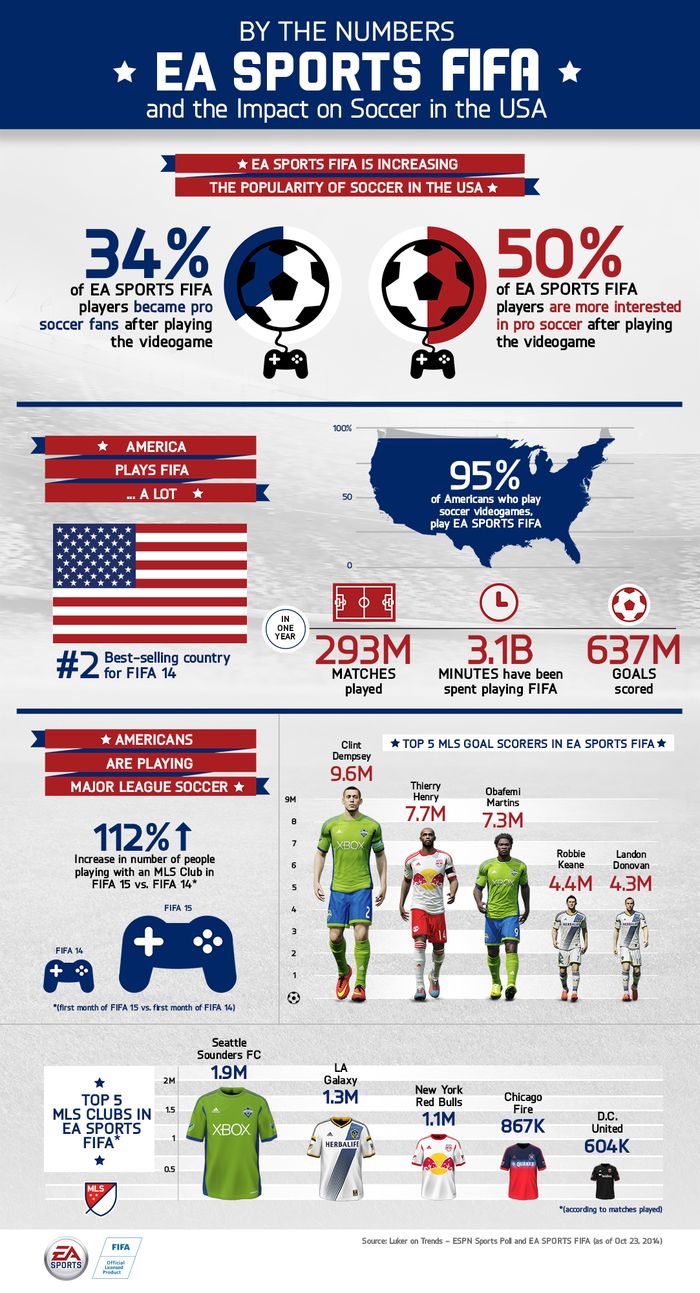Bluetooth 4.2 Could Be a Boon to Wearable Tech
There’s a scene in Iron Man 2 where Tony Stark is struggling to create a new element for his chest piece. He ends up watching an old promotional film his father created, which includes an Easter egg at the end specifically for Tony. In that speech, he uses the phrase “I’m limited by the technology of my time.” It’s a plot point, but it’s also a phrase I think of often. So much of what we see in the tech world, and what we cover at TechGraphs, is straddling the bleeding edge — using everything currently available to us to create the best and most innovative products. But there’s a limit. Moore’s law aside, there are only so many advancements that can happen given the current hardware availability. Every so often, there needs to be a jump. And if what the Bluetooth Special Interest Group says holds true, we may be on the brink of one of those jumps.
The Bluetooth SIG recently announced the coming of Bluetooth 4.2. You can read about all the upcoming changes for yourself, but the big enhancement centers around something called low-power IP connectivity. This essentially gives new Bluetooth devices the ability to connect directly to the Internet — no intermediary required. The ramifications of this has underpinnings in everything from automobiles to lightbulbs, but one of the biggest benefactors could be the wearable tech industry.
With direct Internet connectivity, Bluetooth devices will no longer need to paired to some intermediary device (e.g. a smartphone, tablet, or laptop) to upload and download what it needs to function. It will still need a connection to the Internet via some sort of gateway device, so it’s not as if our future smart watches will be totally free, but it still loosens the restrictions on what a device needs to operate.
Many current offerings of helmet sensors, for instance, use Bluetooth connectivity to relay data back to some central hub. Again, this would be a smartphone or laptop. That laptop then takes that data and uploads it to some server somewhere. This all works fine. Unless the laptop crashes. Or there is interference with the Bluetooth signal. Or the devices roam out of the field of connectivity. Most devices plan for this, certainly, by including some sort of on-board storage that would hold the data until the connection is restored. But if the helmets were able (through an in-stadium device) to upload the data right away, without the need for an extra connection, data could end up being more reliable and devices — not needing the extra storage — could get even smaller. There’s also an increased ability for these devices to talk to each other, be they in-equipment sensors on a hockey team or multiple sensors on one athlete.
This is a little bit of speculation, of course. We will have to wait until the protocol is widely adopted before knowing what kind of advancements can be made. And I’m sure there are things that you or I haven’t even thought about that will make their way to market or to the research sector. And that’s kind of the fun part. While it won’t bring about the Stark vision of a clean, endless source of energy, some pretty interesting things can come about when we are no longer limited by the technology of our times.

